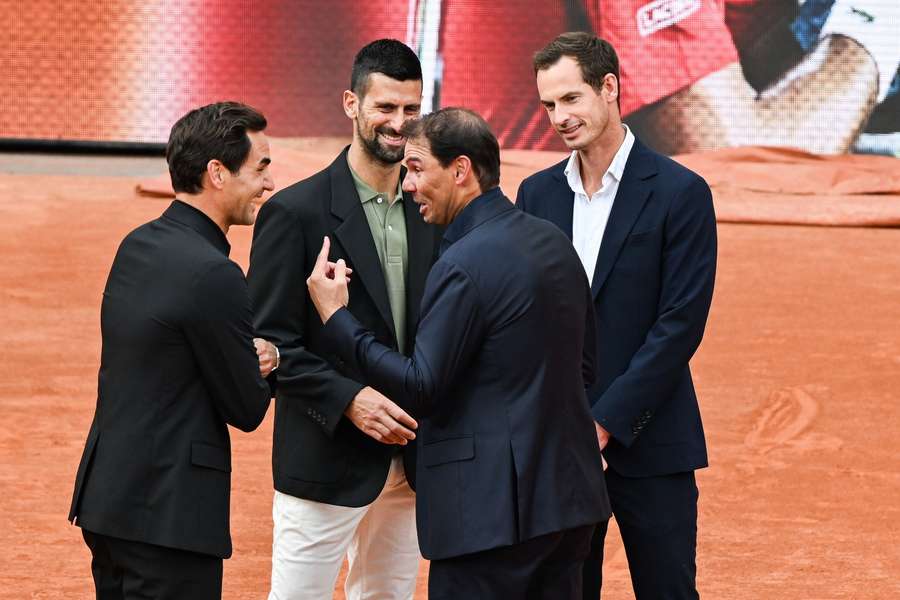In the most recent ATP Finals title match, Sinner defeated Alcaraz on home soil in Turin, lifting the trophy in front of a rapturous crowd.
Alcaraz, 22, the current world No. 1, was gracious in defeat, despite speculation that he had played through a hamstring injury.
“I felt something in my hamstring after trying to catch one serve," said the Spaniard after the final.
"I could say that it didn't affect me too much because I could run well, I could go to the balls well. (There were) thoughts about how (it would) be if I do (what) I'm used to.
"Those thoughts were in my mind sometimes, but I could play well," Alcaraz concluded, dashing suggestions he might use his hamstring issue as an excuse.
There was a beautiful moment after the match when tennis fans serenaded Alcaraz despite his straight-sets defeat.
Sinner, 24, watched on, smiling, genuinely pleased for the man who is widely regarded as his greatest rival.
Indeed, Alcaraz and Sinner are each other’s fiercest competitors, yet they also seem more like kindred spirits; two young athletes at the summit of the game who show each other the utmost respect.
The history of tennis rivalries offers a sharp contrast. John McEnroe famously rubbed many people the wrong way, while players such as Nick Kyrgios, Gael Monfils, and, at times, Stefanos Tsitsipas have built reputations on their erratic personalities.
Even Novak Djokovic, another contemporary great, has shown outward respect to career rivals in the past, including Alcaraz himself. However, he has previously noted that "friendship is impossible" with Rafael Nadal and Roger Federer.

Yet Nadal and Federer themselves set a precedent for the modern 'friendly rival', publicly respectful of one another, sometimes to the point of genuine friendship, which draws a line to Alcaraz and Sinner.
The youngsters may not have invented the trope, but they exemplify it in a media-savvy era.
While cameras may encourage players to show their best selves publicly, in the case of Alcaraz and Sinner, the warmth feels real.
Not just tennis
A glance at football shows a similar trend, too. In the past, the likes of Cristiano Ronaldo and Zlatan Ibrahimovic, Roy Keane and Patrick Vieira, and Alan Shearer and Eric Cantona had rivalries often marked by genuine animosity.
Even Ronaldo and Lionel Messi, despite their mutual respect, were rarely friends at the height of their powers.
By contrast, modern stars are noticeably more cordial. Erling Haaland and Kylian Mbappe openly praise one another in interviews and exchange friendly interactions online.
England’s current generation of players, namely Jude Bellingham, Phil Foden, Bukayo Saka, Declan Rice, and Harry Kane, maintain healthy relationships, despite playing for rival clubs at different stages of their careers, a stark contrast to the clique-like so-called 'golden generation' of Steven Gerrard, Wayne Rooney and John Terry.
Whether in tennis, football, or beyond, the rise of positive relationships alongside fierce competition is a welcome development.
It says that competition doesn't have to be synonymous with animosity, and that in the modern world of sport, stars can push each other to their best while remaining allies.

